TECH – The Xperia X doesn’t fall into any camp as a smartphone. It’s not the best performer in any category, but it’s not the cheapest of its kind either. It’s lost some of the magic that Sony usually offers, and adds in some annoying bugs, but the base components of good audio and a capable camera will still win some hearts.
The Sony Xperia X is a strange phone. It’s a handset that’s not being called a flagship device but seems to be stuffing many of the top-end features you’d expect from such a smartphone.
Sony is pushing the Xperia X with its killer camera with superior new capabilities to track objects in space, with the new technology designed to inspire you to capture more natural images without sacrificing sharpness.
Besides that, Sony is still striking in its additional high-end technology, with Hi-Res Audio upscaling and powerful screen technology, all while keeping the price tag down compared to other flagship handsets.
Taking in our hand
The Sony Xperia X takes the screen size back to 5″, so it’s a bit smaller than the Z5 (but bigger than the Z5 Compact). It is roughly the same size as a Xperia M5. Still a bit heavier at 153g, in part due to the use of metal. It weighs the same as the Z5.
The X Compact is the same kind of phone as the Z5 Compact. It’s a little brick-like handset that measures 5.0 x 2.56 x 0.37-inches, and its diminutiveness at first struck me as cute, but then became somewhat frustrating. My daily smartphone is an iPhone 6—not even the big 6 Plus—and everything about the X Compact felt small to me. I was a bit frustrated with things like the onscreen keyboard in particular; my fingers would often miss keys or hit the wrong ones while typing out messages at my regular texting speed.
But size is a matter of taste, and the X Compact’s smallness is part of the point—I like something a little bigger, but if you want a smaller Android phone, this is still one of just a few options.
It’s still a great phone for one-handed use. I enjoy being able to wrap my hand around three of its four sides at once, and it’s even easier to reach every part of the touchscreen on the X Compact with just my thumb than it is on my iPhone. One-handed use is a convenience that makes me a tad nostalgic for small handsets, and that’s one of the major reasons why Sony makes these kinds of phones at all. Whether you crave that ease, or just have small hands, a compact device feels better to use on a regular basis.
The location of the side buttons and sensors also raises several questions. Sony has apparently gone for something unique with its fingerprint sensor, which in actuality is a thumbprint sensor, being located on the side of the device, rather than the traditional rear-mounted reader for index fingers found on many other Android phones.
It’s an excellent idea, but it doesn’t work, as on more than one occasions we concluded that we had inadvertently unlocked the Xperia X just by touching the device.
The unlocking scanner is relatively easy to set up, and speedy to unlock, but the placement issue shouldn’t be happening, given that biometric readers are commonplace in new phones, as it does feel like an oversight on Sony‘s part.
Display
The Sony Xperia X brings a Bravia, Triluminos, X-Reality display (hey, the names match!), 5″ big with 1080p resolution. Sony won the sharpness wars with its 4K Xperia Z5 Premium, so the Xperia X is free to go for quality instead of bragging rights of a QHD display.
All those brand names stand for an IPS LCD built on the Quantum Dot technology. It generates colors in a different way than vanilla LCD’s, and you can tell – even if you’re used to AMOLED, the saturated colors of this screen look spell-binding.
Blacks are deep; colours are accurate and viewing angles are fantastic. There’s no discolouration when you tilt the phone to the side, something I found very obvious on the HTC 10.
The display itself is made of scratch-resistant glass and can support multi-touch gestures, which is useful when typing or accessing several apps at once.
What’s under the hood
Sony is marketing the Xperia X as a “flagship” device, pricing it between £459 and £529 in the UK. However, it isn’t powered by the de facto high-end CPU of 2016 in the form of the Snapdragon 820. Instead, you get the Snapdragon 650. This is slightly better than the Snapdragon 617 used in the Moto G4 – a phone that costs a mere £169 – and is also used by Xiaomi in its equally affordable Redmi Note series.
When it announced the X series, Sony also showed off the X Performance – a spruced up X, with a Snapdragon 820.
Say cheese!
Sony’s other big selling point and one that you may have seen splashed over billboard across the country is the quality of its camera.
Upon its launch, the company was keen to promote the “next generation” camera in the Xperia X – hardly surprising when you consider it comes packing a staggering 23MP rear camera.
It said that the lens was meant to feature new technology that allows users to focus and take pictures quicker than ever before, thanks to the all-new Predictive Hybrid Autofocus function which could detect a subject and then predict its path of motion, meaning images could always be captured in clear, non-blurry detail.
In practice, however, this is not always the case. We tried out the Xperia X snapping both moving cars and bikes but still found the images to be blurry.
However, as you can see from the gallery of test shots, the rear camera was capable of taking some incredibly detailed images, in varying light conditions, showing off a wide range of colours with ease.
It’s just a shame that operating the camera itself was often quite fiddly, with the auto-focus sometimes meaning you’ll miss a particular angle, and the dedicated button on the device itself is tricky to stretch to if you don’t have a big reach.
As for the video, the Xperia X also uses this nifty camera technology to record content in 1080p quality, although there’s no sign of the 4K capture present in the other top-end devices. There is an option to shoot FullHD quality video in either 30 or 60 frames per second, and Sony’s usual ‘SteadyShot’ image stabilisation tool should help cut down on any shakiness.
Some users also reported that making a video for longer than a few minutes does cause the phone to heat up slightly, which appears to be a widespread issue reported by several users.
Hammered by the competition
Ask any Xperia owner about battery life, and you’ll hear good things. But the Sony Xperia X comes with a sealed 2,620mAh battery. Is it enough? That’s the same capacity as the Xperia M5 and a bit less than the Xperia Z5 Compact (2,700mAh).
With so many fantastic phones out there, the Xperia X is tough to recommend. Especially when I believe it costs far more than it really should.
It’s unambitious in design, mid-range in performance and it takes too much effort to get the best from the camera. The screen is decent, but it isn’t alone here; there are plenty of handsets out there sporting excellent displays.
The Sony Xperia X fails to offer up anything that sets it apart from the competition, especially considering its price. I’d suggest opting for the LG G5 or the Huawei P9, even last year’s Samsung Galaxy S6. Better still, wait for the Moto G4 Plus, which costs half the price.
-PS4Pro-
Xperia X
Design - 6.5
Hardware - 7.1
Screen - 9.1
Audio qualities - 7.1
Price/quality - 6.2
7.2
GOOD
The Sony Xperia X fails to offer up anything that sets it apart from the competition, especially considering its price. I’d suggest opting for the LG G5 or the Huawei P9, even last year's Samsung Galaxy S6. Better still, wait for the Moto G4 Plus, which costs half the price.

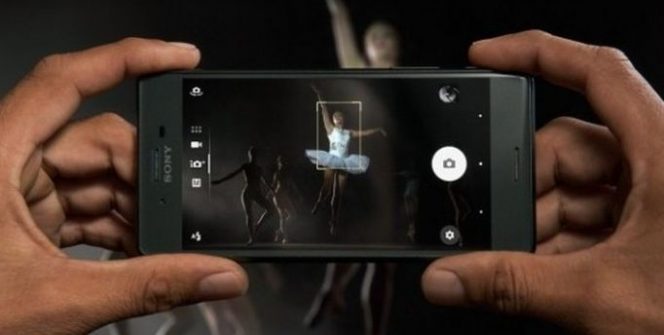


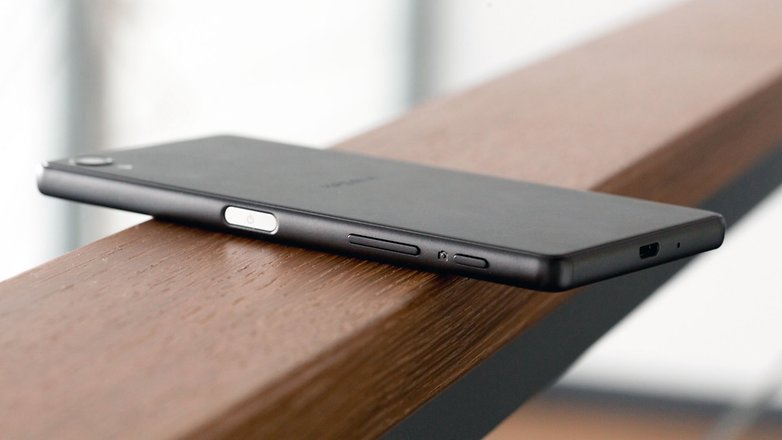
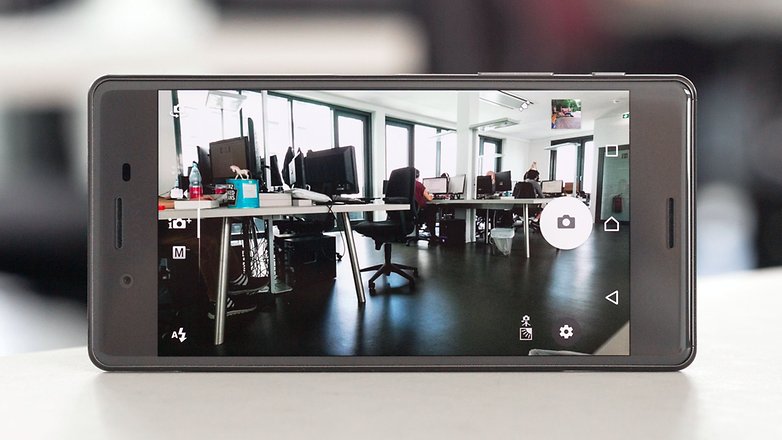
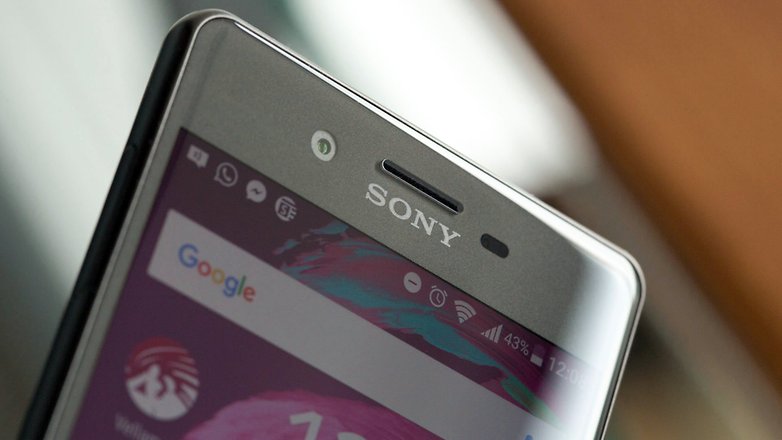

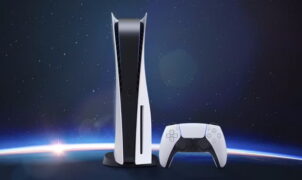


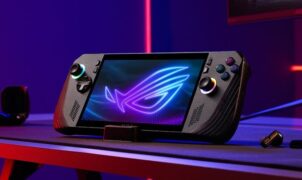

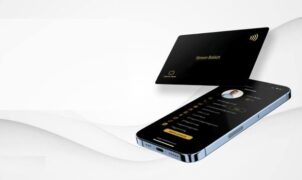







Leave a Reply